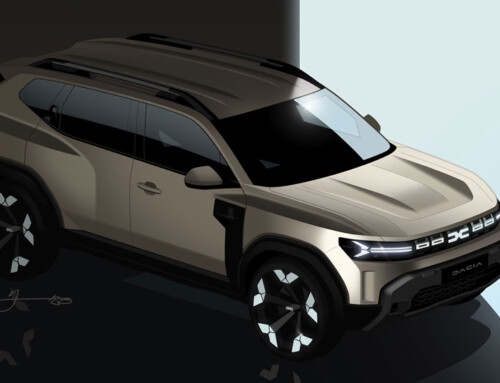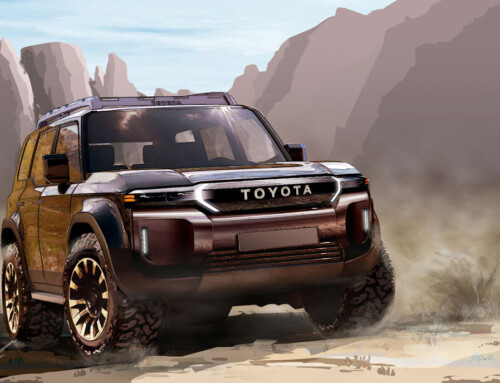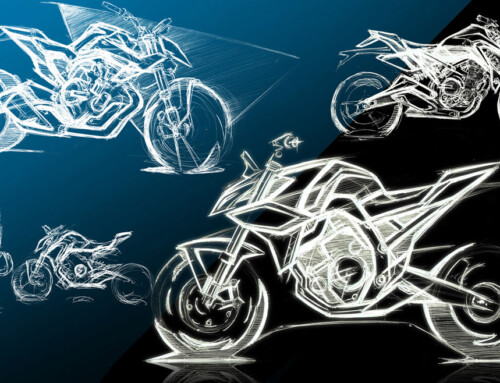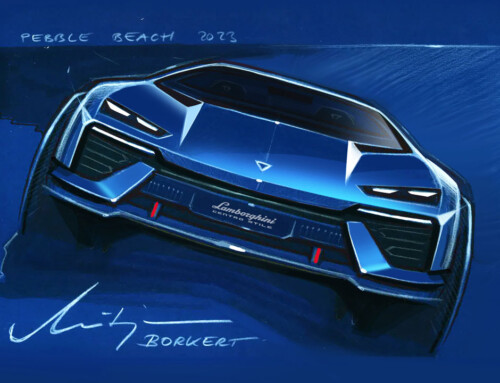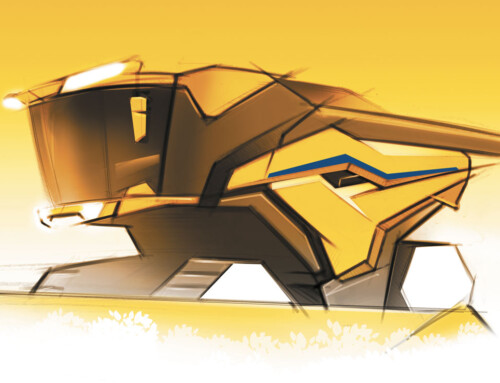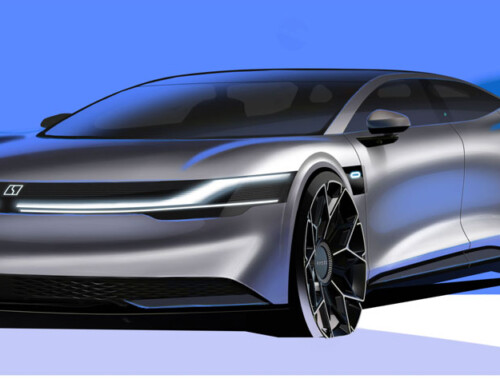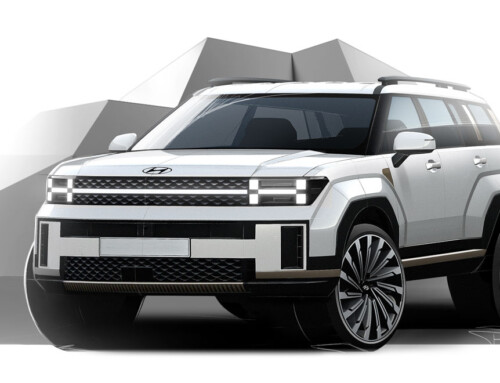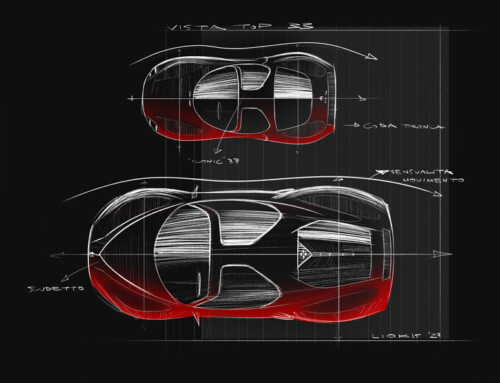The Mareas were conceived at the heart of the same project that led to the birth of Bravo and Brava. It was envisaged that the new ‘tipo C’ family would comprise four versions of the same car, with many parts shared – in particular the doors. The first review of 1:1 scale models from Fiat’s Centro Stile and two external competitors, Italdesign and I.DE.A. Institute, took place in January 1992 and included the three- and five-door versions: the future Bravo and Brava. All four cars were identified with the project 182 codenumber.
The ‘family’ proposed by Centro Stile Fiat was the one chosen, interior design included (see ‘Design Story, Bravo and Brava’, Auto & Design Vol. 94), after a second review with two models from the I.DE.A. Institute.
In this initial phase, the doors of the future Marea were still shared with the Brava. Refinement work proceeded and it was decided to differentiate the two projects, assigning them two different platforms, with the three-volume saloon and station wagon assuming the 185 codenumber and distancing themselves in terms of development time (a year more than Bravo and Brava). “We selected certain components we had developed for Bravo and Brava, saving them for Marea, and allowed ourselves more freedom with the doors,” recounts Nevio Di Giusto, coordinator of the various Fiat Auto style centres.
An asymmetrical model of the station wagon was built with dedicated rear doors on one side. The saloon, which maintained the ‘rainbow’ door shape of the Brava, also acquired its own tauter beltline, better attuned to the requirements of a three-volume car. “The different treatment of the flank was made possible by the inset doors, not wrapping into the roof, which gave us more freedom in the upper area,” explains Peter Davis, chief of design for the Fiat marque.
Here lies the substantial difference between the Tempra and Marea projects: while the Tempra and its estate version visibly consisted of parts added to the base model from which they derived, the Tipo, Marea and Marea Weekend appear to have reshaped the forms of Bravo/Brava, integrating them with dedicated elements to create organic, coherent and harmonious volumes.
In the meantime, management had decided that big sister Croma, another car due for replacement, was not going to have a successor. The role as follow-up model to Fiat’s D-segment saloon was posited for the 185.
The rear volume acquired more presence and bear-ing, with sculpting around the twin-lobed design of lighting clusters whose horizontal development optically ‘broadens’ the rear view. The movement of the boot surface better highlights the wings, which appear higher and more muscular.
Soon enough, though, the 185’s market position became more clearly identifiable, half-way between the old Tempra and Croma models. “We’ve reserved the upper-range saloon role for Lancia and Alfa Romeo, tailored to their de-luxe and sporty images.
Fiat has the job of being more functional, so the Marea will be a D-segment ‘compact’,” says Di Giusto. “We noticed that D cars were getting larger. So we are addressing to those customers who still prefer the less bulky and heavy cars of that segment.” For the Marea Weekend, the rear-pillar location of the lights had been envisaged right from the start. Unlike the Punto, however, they do not descend below the backlight, which they flank; in some alternative proposals, the desire for continuity of surfaces even went as far as putting the lights ‘under glass’.
The solution selected, in which the lighting cluster reaches the edge of the roof, would have implied significant problems in stamping. “Mauro Basso and Antonio Piovano, two of our designers who developed the stylistic theme of the 185, suggested integrating the roof-rail with the lights,” recounts Peter Davis. “This detail, which now characterises the car, didn’t begin life as something the stylist wanted right from the start, but from the demands of the project. Designers who defend a choice no matter what are blind: often, unexpected new solutions arise out of the difficulties.”
The article continues in Auto & Design no. 99


